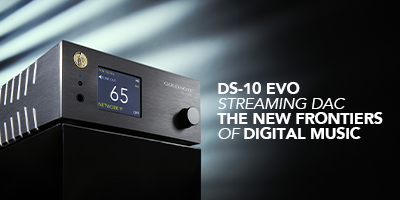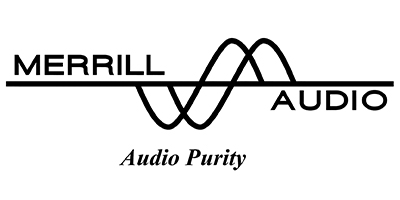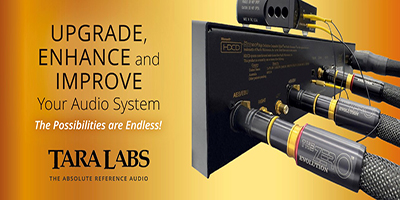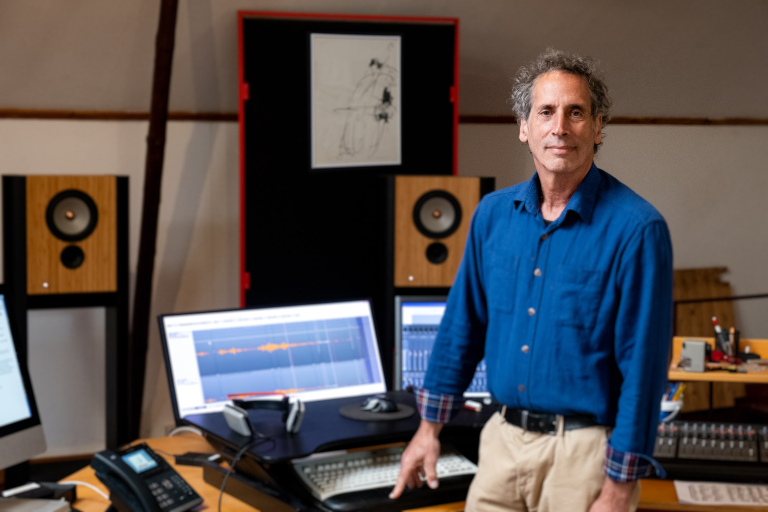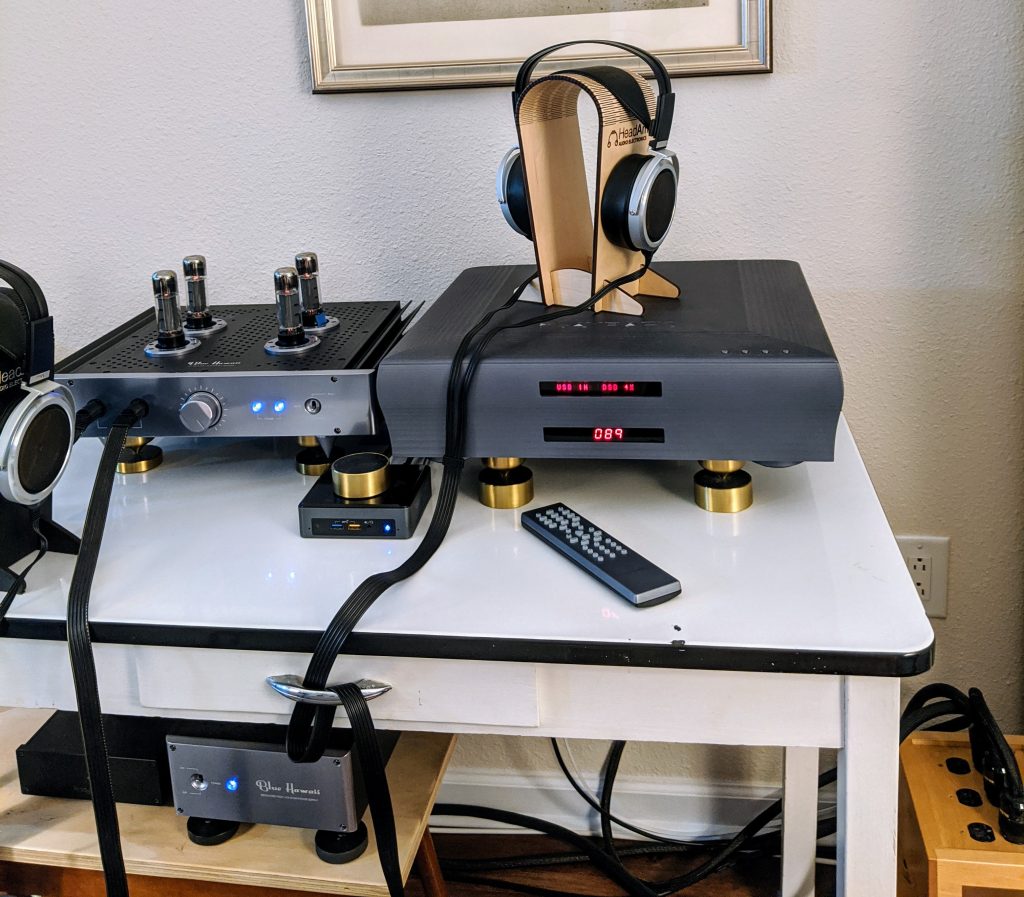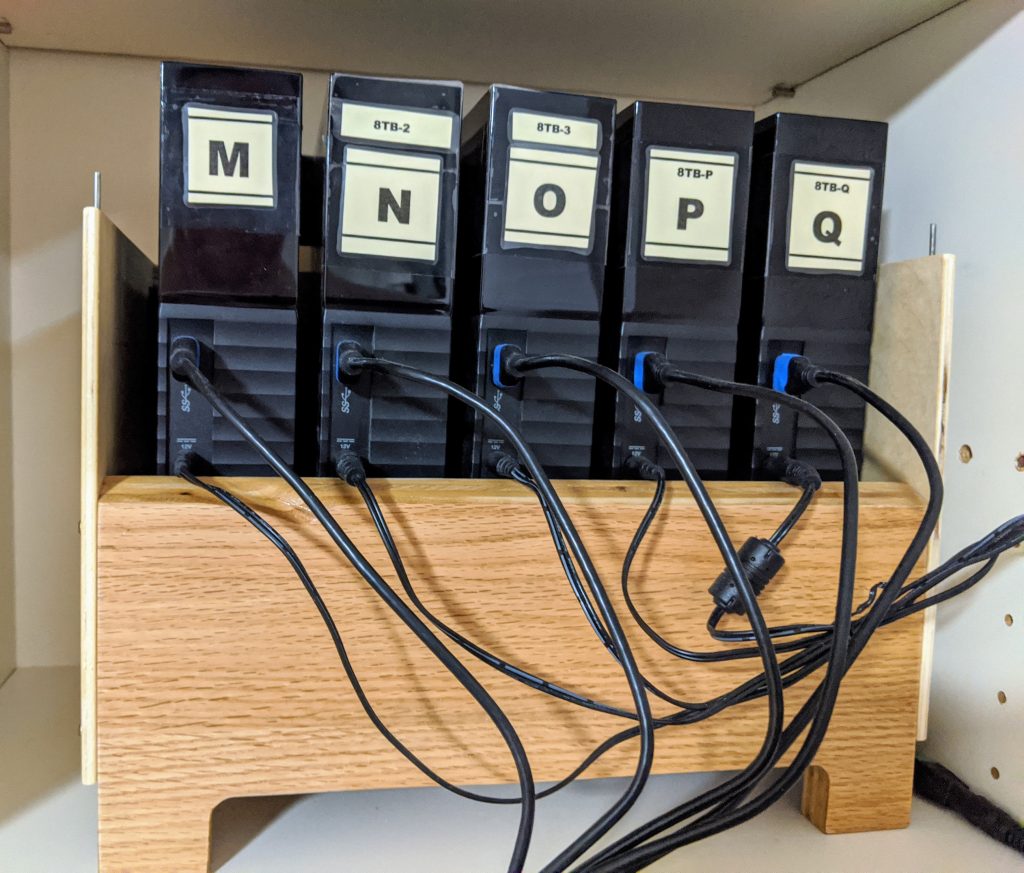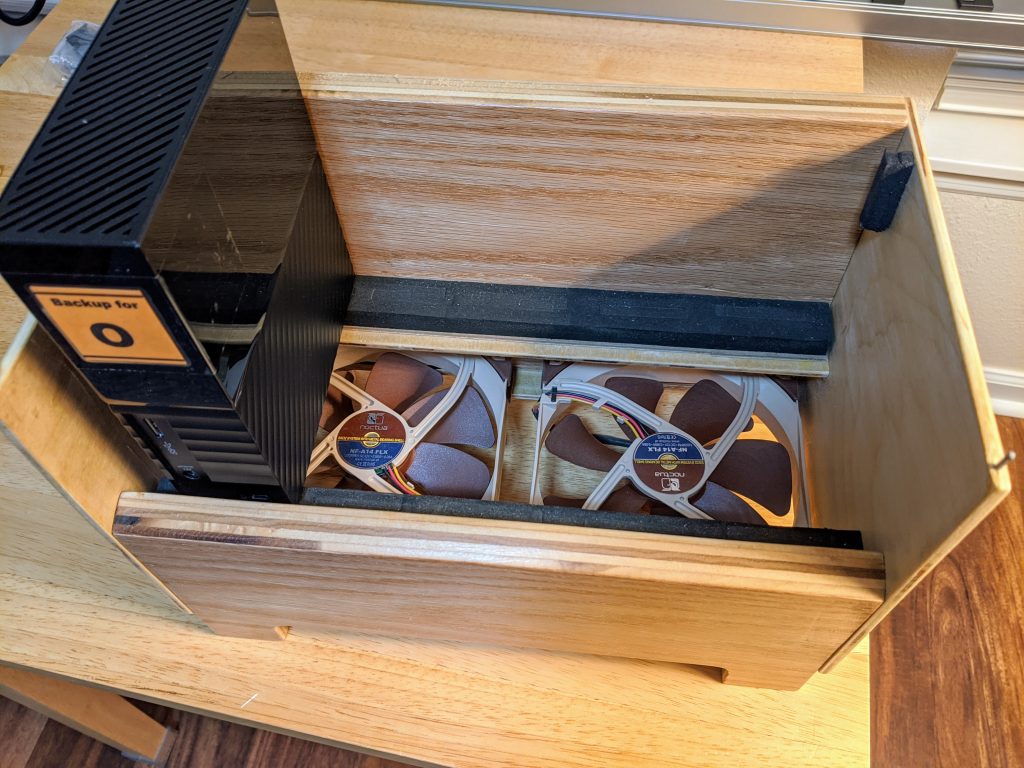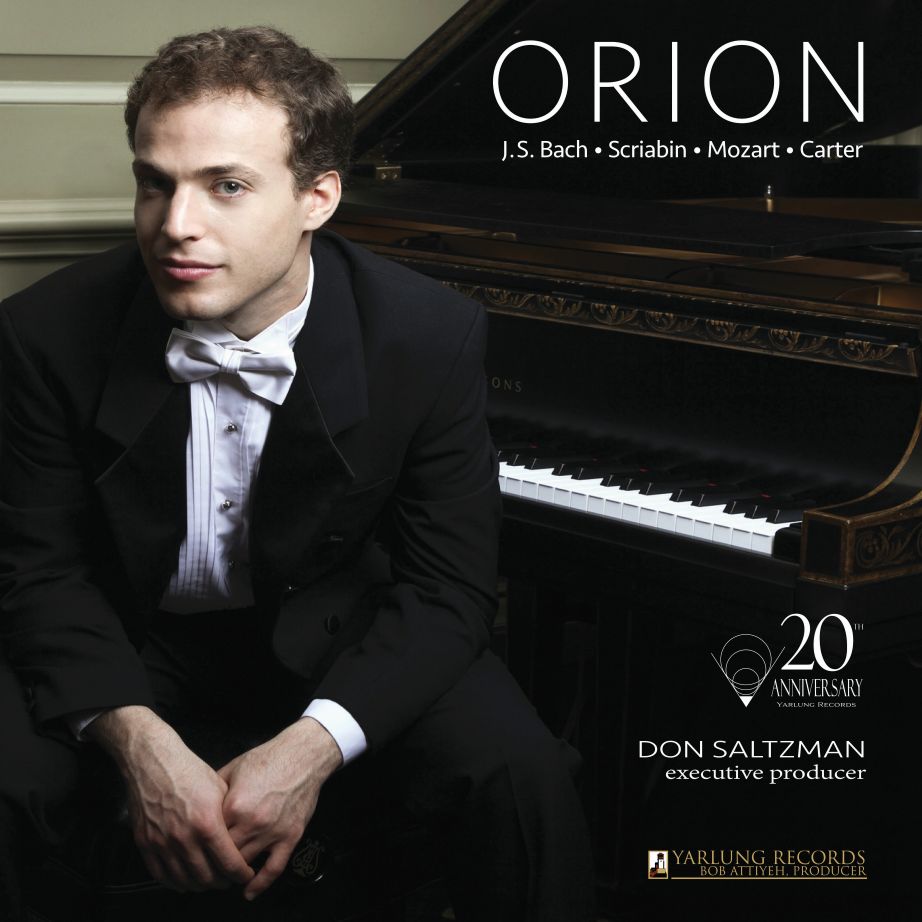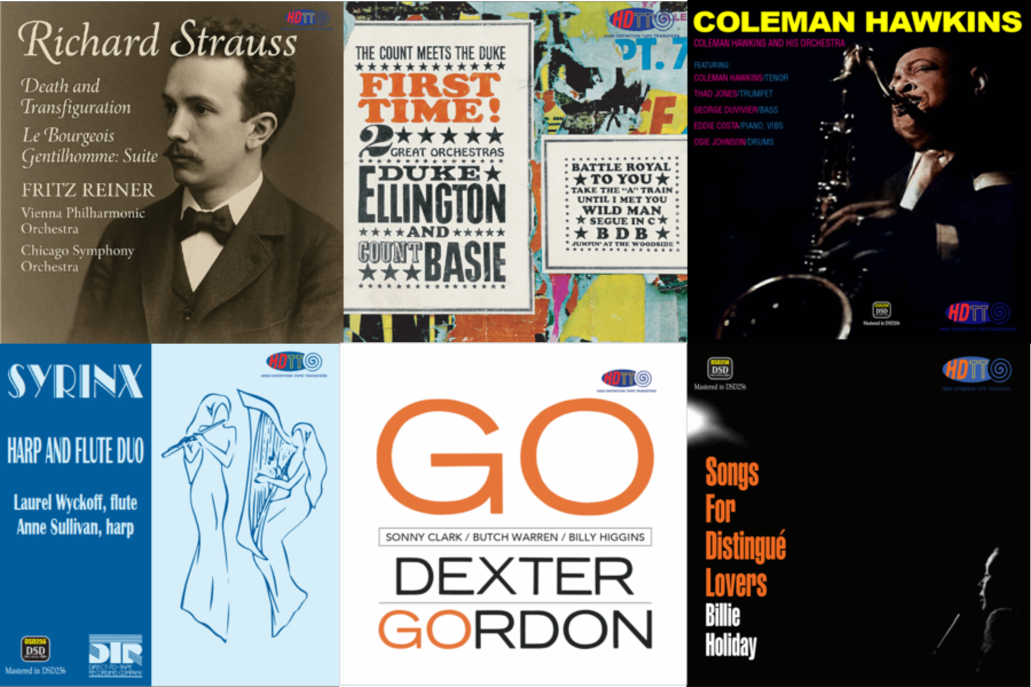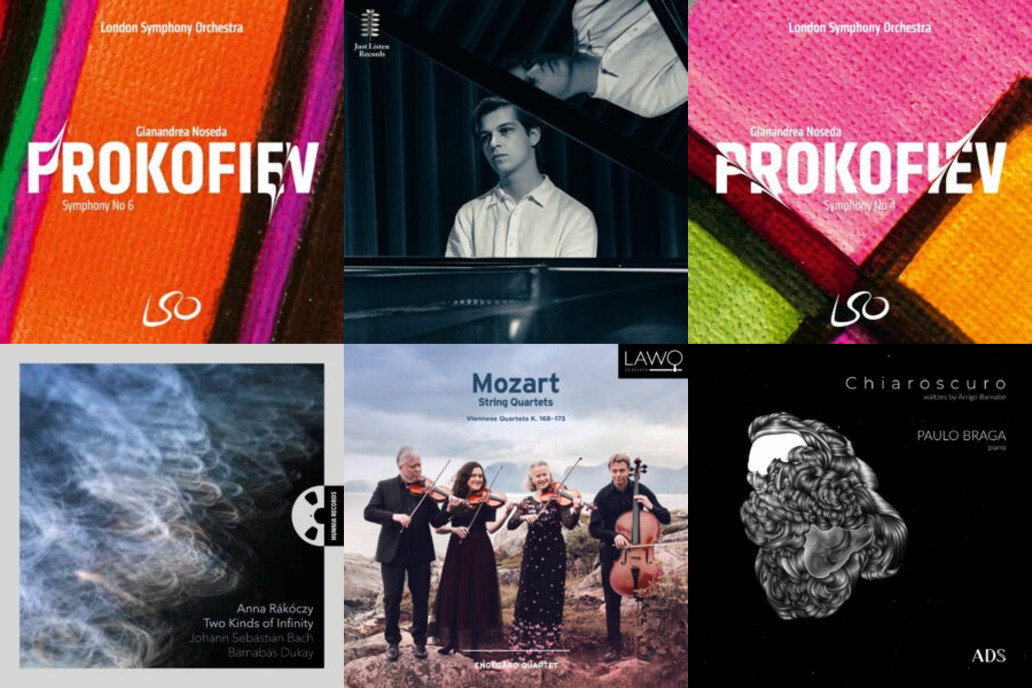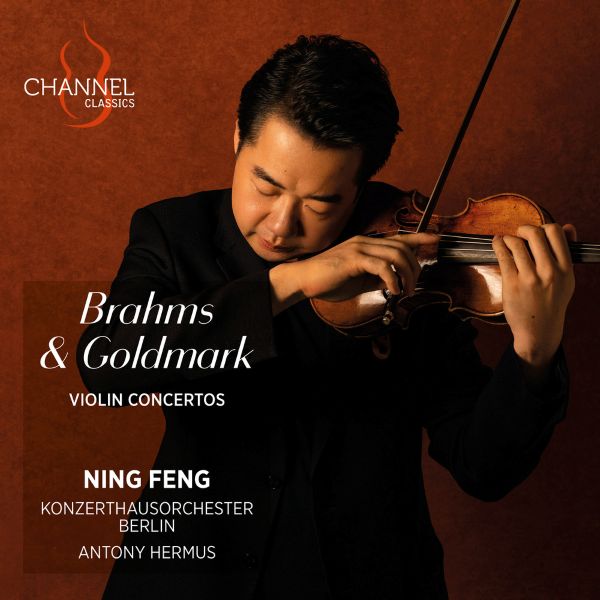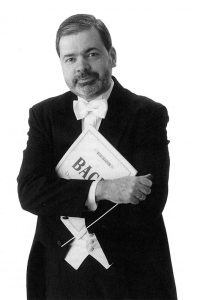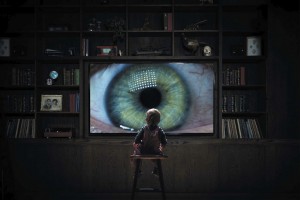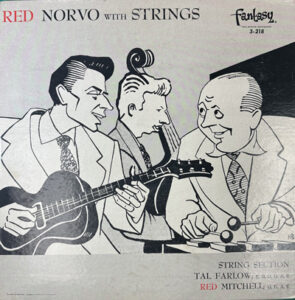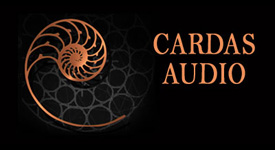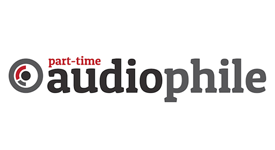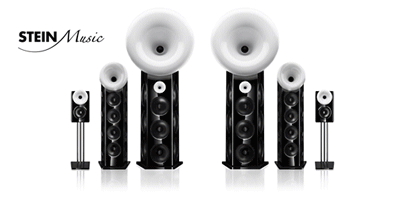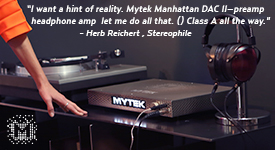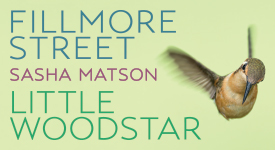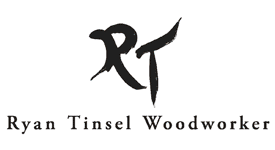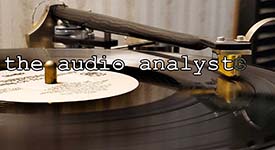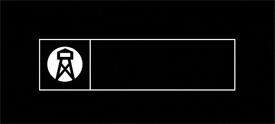It is celebration time, folks. Jared Sacks has launched a new label, Pelle D'oca ("Goosebumps" in Italian), with a stunning new recording of Beethoven's Violin Concerto. And the cherry on the top is that this release is in PURE DSD256!
Recorded and mixed entirely in the DSD* domain, with no PCM, with no trip out to an analog mixing board and back, it is Pure DSD256 in its finest incarnation. And the sound quality is amazing. With the always superb balance Jared obtains in his orchestral recordings, we now get the utter clarity and transparency of the Pure DSD256 sonics.
Audiophiles should unite in celebration. Music lovers should rejoice. I am.
Beethoven Violin Concerto, Niek Baar, Concertgebouw Chamber Orchestra. Pelle D'oca 2025 (Pure DSD256) Edit Master Sourced HERE (General release on June 12. Pre-release available now for NativeDSD members.)
From the first very soft taps of the tympani, one knows this will be a special treat. As the woodwinds begin, the utter transparency of sound is readily apparent. And then confirmed as the violins come in and then the rest of the orchestra joins. Chills, my friends. Just absolute chills as the music continues. And then Niek Baar's violin begins, with utter clarity and delicacy, rising over the orchestra. Music heard dozens of times before is here fresh, alive, beautifully performed, and gorgeously recorded.
This is a recording for which all of one's efforts assembling a superb home audio replay system is rewarded.
The Concertgebouw Chamber Orchestra is world class, and performs this music with precision, alert attention, and in complete sympathy with their soloist, Niek Baar. This is as enjoyable and rewarding a performance of this music as any I have in my audio library. And it surpasses many for the subtlety of interpretation, the beauty of line and phrasing, and the emotional content pulled from every corner. As frequently as the members of the orchestra have likely played this work, here is no run-of-the-mill run through of the work. They give the music full attention, shaping phrases beautifully, managing dynamic shadings perfectly, and remaining ever aligned with the soloist in fully complementary and supportive playing.
Just one example, if you will permit me... Listen to the beginning of the second track, where the "Larghetto" movement begins. You may need to boost your volume a bit because this is at the far extreme of quiet. The strings open softly, then at about 1:03 the motif is passed to the horns, playing in perfect unison, and just a breath later the violin soloist comes in every so gently to echo the horns. To my ear, this is an amazing passage. And, it captures well what is so very nice about this performance by both soloist and orchestra.
Dutch violinist Niek Baar (b. 1991) delivers a performance of which he should justly be proud. He delivers this work in a manner that fully captured my attention and delight. He is in turn delicate, dynamic, powerful, nuanced, glowingly lyrical... And always technically superb. His is not a bravura style, he does not work to impress with the brilliance of his technique. As I've heard in other recordings he has made, he plays in support of the music, he works in service to the composer. He plays brilliantly, but with humility and honesty. And this performance of the Beethoven Violin Concerto is perhaps his best recording to date.
Niek Baar will not be a name familiar to most classical music listeners outside his home country and western Europe. He should be better known and more widely heard. He made his solo debut with the Rotterdam Philharmonic Orchestra at just 16 years old and has since become a regular soloist with orchestras including the Deutsche Radio Philharmonie, Concertgebouw Chamber Orchestra, Radio Philharmonic Orchestra of the Netherlands, and the Residentie Orkest in The Hague. He has three earlier albums released on the Channel Classics label, of which only the earlier two chamber music albums were recorded and produced by Jared Sacks:
Other Niek Baar recordings available at NativeDSD HERE
Recording and releasing in Pure DSD256
It is wonderfully gratifying to see Jared Sacks following his instincts to release albums in Pure DSD, and adding orchestral recordings. Some years ago I asked Jared why he recorded in DSD256 if he intended to mix and master those recordings in DXD in any event. His reply was simple: "It sounds better. And someday it may become possible to mix in DSD and then I will have this archive of master tapes in DSD256 that I can remaster and reissue in my retirement."
But the practical logistics at the time led him to mastering in DXD for efficiency and practicality for releases on his Channel Classics label: laying down microphone tracks in DSD256 but then mastering in DXD via the Pyramix Digital Audio Workstation. With recordings where the mastering was not as complex, he did release the occasional album in Pure DSD256 (e.g., many of his Just Listen Records jazz recordings, from time-to-time a solo instrument recording on his Channel Classics label), but the chamber and orchestral recordings usually found a trip through DXD/PCM for mixing.
During this time, Gonzalo Noqué at Eudora Records started releasing orchestral recordings mixed entirely in the DSD domain. Working with NativeDSD's mastering engineer Tom Caulfield, Gonzalo's Eudora albums were mixed purely in the DSD domain, with no PCM and no post-production trip through an analog mixing board. They are what Tom and I have been calling between ourselves DSD Pure Direct releases (see below). This became possible with the use of Jussi Laako's Signalyst HQPlayer Pro software. See my earlier article, Mixing in Pure DSD - No PCM Allowed, for more information about this process. The article includes a link to download some sample files (HERE), courtesy of Eudora Records, so you can make the comparison for yourself.
Jared has now applied this same process with this inaugural release from Pelle D'oca. And the results are amazing. The sound he is delivering in this release is an audiophile's dream, and a treasure for all music lovers. I asked Jared if he planned to continue to lay down tracks in DSD256 and then mix in the DSD domain using HQPlayer Pro. He replied that his intention was to release in Pure DSD in the future, but the process for getting there may vary from album to album.
What might be the varying processes to achieve a Pure DSD release?
Following Tom Caulfield's terminology, we can talk about two categories of Pure DSD: DSD Pure Direct and DSD Pure Analog, and their respective production processes:
DSD Pure Direct
This is the recording process where the recorded original DSD microphone tracking channels are mixed and optionally sweetened (EQ, reverb etc.) entirely in the DSD domain, without conversions to another format or to analog.
DSD Pure Analog
This is the recording process where the recorded original DSD microphone tracking channels are mixed and optionally sweetened (EQ, reverb etc.) in an analog mixing desk by converting the DSD tracking channels back to analog, processing, and then converting back to DSD. This category also includes on-the-fly, real-time, analog microphone channel mixing and optional sweetening during the recording session, whose output is then tracked to DSD.
There is no ranking implied in these different DSD Pure categories. Each is optimized for the music, recording type, and available source material. They each can be the best practical expression of the available resources and trade-offs. All are Pure DSD.
Jared Sacks circa 2020
What makes Jared Sacks' recordings so special?
Jared's recordings are, bar none, the most natural sounding, well balanced, and consistently great sounding recordings by any modern day recording engineer. His piano, chamber and jazz recordings are consistently best in class. But it is with his orchestral recordings that his star rises in the firmament among the great recording and mastering engineers of all time. His orchestral recordings are the most natural sounding, well balanced, and consistently great sounding recordings of orchestra by any modern day recording engineer.
Of what does this excellence consist? As I wrote in a 2020 article about Jared's recordings holds true:
"What I hear consistently are: transparency, exceptional resolution, rock solid imaging, consistent instrumental placement, excellent capture of the natural acoustic environment, and accurate instrumental timbre. There is a great purity to his recordings, a great sense of organic 'rightness' in the sound he achieves, and a sense of overall integrity and fidelity to the original musical event.
"Jared's recordings consistently transport me to the live performance with an easy-to-achieve suspension of disbelief. These are the rarely heard elements of recording excellence for me. It is only the best recordings that achieve these characteristics; and these are the characteristics I have always valued most highly in my audio listening."—Jared Sacks and Channel Classics - Transparent Recordings with Transcendent Artists
A new label emerges: Pelle D'oca
With the release of this recording of the Beethoven Violin Concerto by Niek Baar, Jared announces the launch of a new record label, Pelle D'oca ("goosebumps" in Italian).
Learning of this called for a phone call and further discussion.
When we got together by phone, Jared told me he wants to continue doing what he loves: working with musicians and making recordings. But doing so with fewer travel demands. He is continuing to work on Channel Classics projects for the new owner Outhere (see below). There are four albums to be released this fall with Rachel Podger, Anna Fedorova, Florilegium, and an orchestral recording that I'm not sure I can disclose yet. And another 15 are planned for next year. So, he is still very active.
This recording with Niek was fortuitous. Jared's son Jonas is a videographer and had been engaged by Niek to make a video that Niek could use for promotion. Jonas would do the video and engaged Jared to make the audio recording that would go with it. When completed, Jared asked Niek what he wanted to do with the audio recording. And thus the idea of releasing it developed. Niek had recorded for Channel Classics in the past, but had no continuing recording contract with the new owner, Outhere Music (see below). Thus he was free to make and release this recording independently.
The visual release of this album was created by videographer Jonas Sacks, which you can view on YouTube at YT resolution via the above link, or purchase for download in 4K or Full HD resolution from NativeDSD HERE
Also fortuitous was finding a wonderful sounding Steinway Model C grand piano. Thirty years old, in perfect condition, and being sold from the estate of a doctor who played it in his home. The Model C has the same action (mechanics) as the Model D Concert Grand, but is slightly shorter (7' 5" versus 8' 11 3/4"). It fits perfectly into the home studio Jared is creating inside a wing of his house where he once ran his CD packaging and delivery business. The Model C has already attracted interest from pianists who wish to come and play it, and perhaps have a recording made. The space itself should be suitable for jazz and small ensemble recordings. Jared says for a full-on classical piano recording, a large rented concert hall space would still be necessary to get the harmonics and ambiance right. But, this space will allow him to work from his home with many musicians and small ensemble groups.
As to the name of the label, Jared says that was also a happenstance over dinner. Kicking around the idea of starting a new label, his dinner guest commented that great music always gives goosebumps. What is "goosebumps" in Italian? A quick translation search showed "Pelle D'oca." And so the name was selected.
Channel Classics and the sale to Outhere Music
Several years ago (in 2021 to be precise), Jared sold the label he'd founded, Channel Classics, to Outhere Music, a Belgian firm that has been acquiring high quality classical music labels. The intention at the time, Jared explained, was to ensure that artists who'd found a home with Channel Classics would continue to have a home for producing and selling their recordings as Jared advanced closer to retirement age.
Founded by Jared in 1990, Channel Classics developed into one of the preeminent recording labels for classical music, known for excellent artists and superb sound quality, all of which has been recorded, mastered, and produced by Jared. The earlier albums were recorded and produced in DSD64, for which Jared has been a strong proponent since he began using it for recordings in 2000. He switched to recording in DSD256 when it became available. Over its entire existence, Channel Classics differentiated itself by the sound quality delivered, coupled with superb musicians such as Anna Fedorova, Rachel Podger, Ivan Fischer and the Budapest Festival Orchestra, Florilegium, and Ragazze Quartet.
With the sale to Outhere, these musicians continue to have a label supporting them should they and the label choose to continue with each other. And Jared was very clear that he would not interfere with any of those relationships. For Jared, he would have a contract with Outhere to continue producing and recording some releases as he and Outhere might agree. Judging from the number of releases for Channel Classics he has planned over the next eighteen months, he's going to be busy.
At this point as I watch the releases coming from the "new" Channel Classics, I observe changes. It will be interesting to see if the strengths for which the label has been known over the years continues, or begins to dissipate under corporate ownership. One thing clearly apparent is Outhere's openness to using a variety of recording engineers on it's other labels and to releasing albums with original recording resolutions of 96kHz, which is sad to see.
And this is why I celebrate Jared's new Pelle D'oca label and Jared's commitment to releasing in Pure DSD256. In a world where the lowest common denominator seems to be more and more accepted, it is wonderful to see something new start that will push the state of the recording arts.
* To clarify, DSD is a marketing name that Sony came up with for single-bit Pulse Density Modulation (PDM). It would be more technically accurate to say the signal remains entirely in the PDM domain, which can either be single-bit or multi-bit, but DSD is well known and I use it as a shorthand to differentiate from the very different PCM (Pulse Code Modulation) technology found in CDs and the higher sample rates 96.2kHz, 192.4kHz, etc. and DXD (which is PCM at 352.8kHz). For a more in depth explanation, see my discussion with Tom Caulfield in this 2020 interview HERE.

